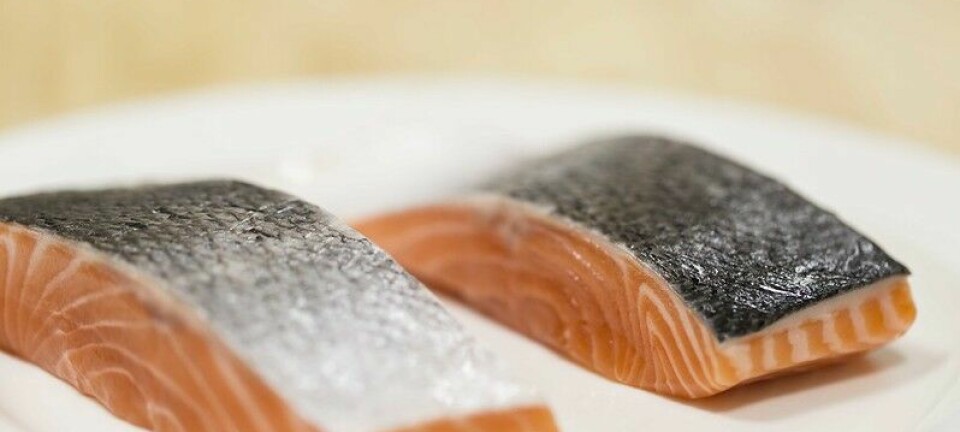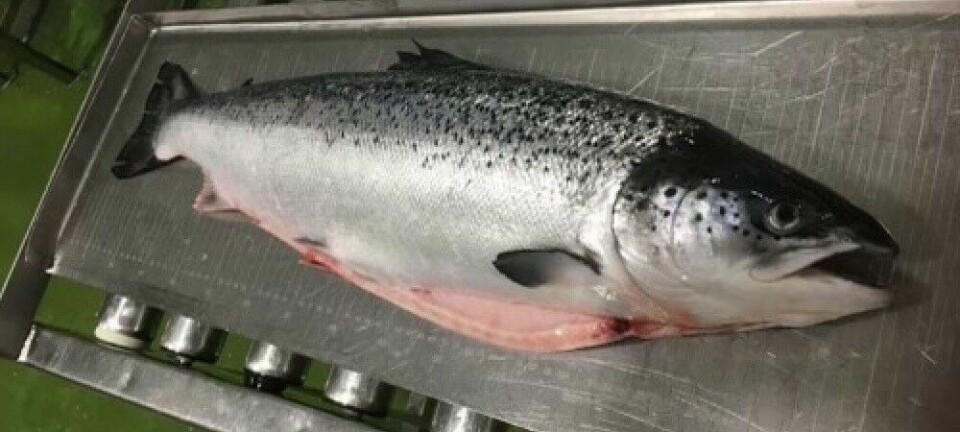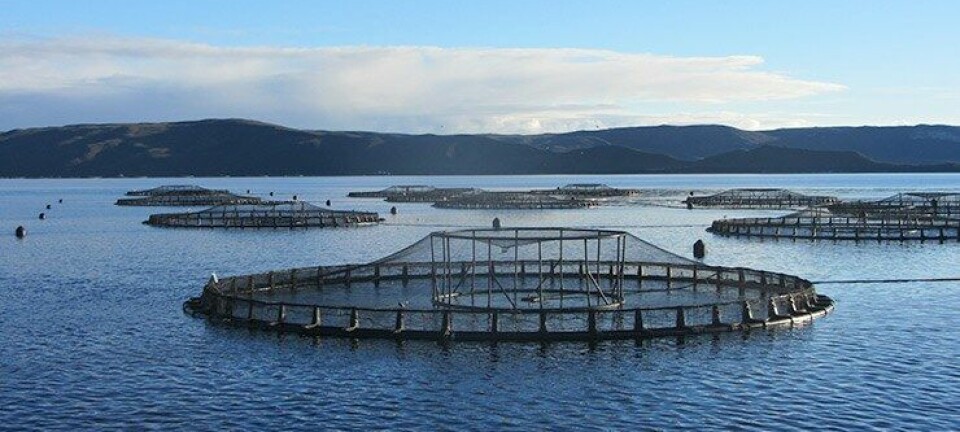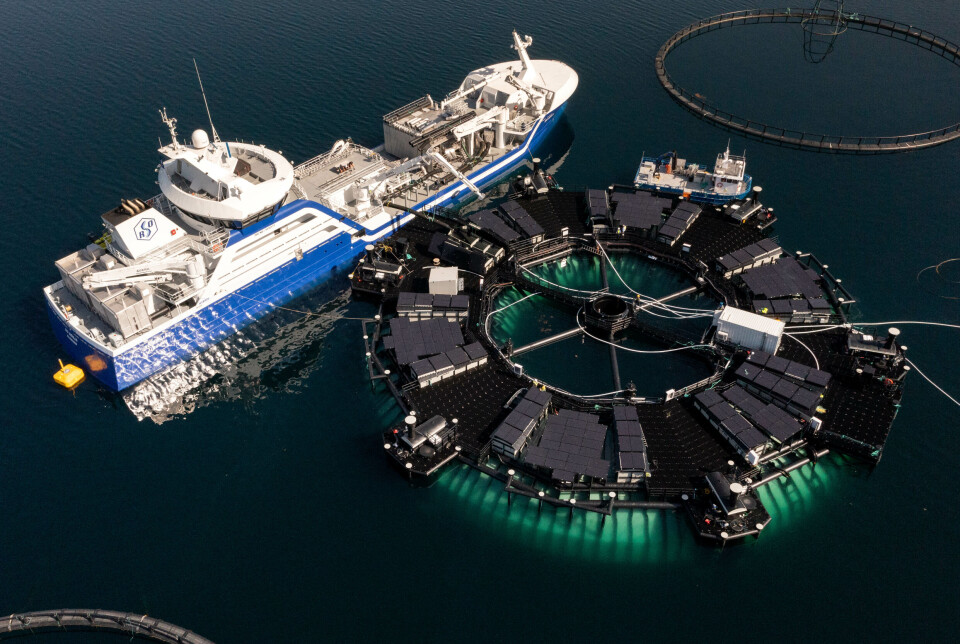
We can meet Canada's Transition timescale, says Marine Donut developer
The floating closed containment system from Bluegreen is currently being trialled by SalMar and may help marine salmon farming continue in British Columbia
A Norwegian company is hoping it can throw a lifeline to British Columbia’s beleaguered salmon farming sector by producing a viable and proven floating closed containment system within the five-year window set by the Canadian government last week.
Justin Trudeau’s Liberal minority administration has said it will renew licences for existing open net-pen farms in BC for five years on July 1 this year but will consider only land-based or marine closed containment farms for licences after that date.
The salmon sector says that transitioning 60,000 tonnes of annual salmon production to either land-based or floating closed containment within five years is impossible.
Cermaq chief executive Steven Rafferty has pointed out that in the remote areas where fish are farmed there is little available land and none of the infrastructure – most notably industrial-scale electricity supply - required for land-based fish farms. He added that floating closed containment is early-stage technology that could take 10 or 20 years to mature.
Waiting for the Plan
But Norway’s Bluegreen, which makes its own-design Marine Donut closed containment farm and manufactures another, the FishGLOBE, believes it will be able to offer a solution by 2029, although like BC’s salmon farmers it does not yet know what the Canadian government will require. Ottawa has promised to release its Transition Plan by the end of July, so until then the industry and its suppliers are left in limbo.
“The federal government’s announcement was a shock to many around the world who work in the salmon farming industry,” said Bluegreen chief executive Nils-Johan Tufte.
“We empathise with the dedicated fish farmers and First Nations partners in British Columbia with the uncertainty that this policy creates for them, their families and the communities in which they live and work.”
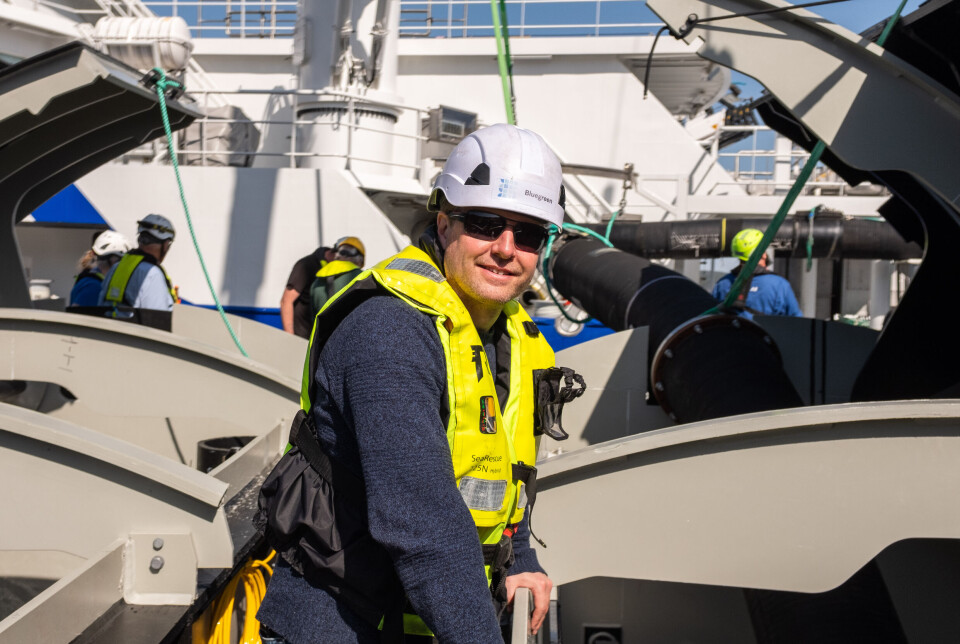
Nine-year licences
He is, however, encouraged by aspects of the government’s announcement.
“A component of the long-anticipated Transition Plan that is scheduled to be released July 31st is the encouragement for companies to implement closed containment technology by securing nine-year licences,” said Tufte.
“These nine-year tenure licences provide increased assurance of industry investment in emerging closed-containment technologies such as the Marine Donut.
“The federal government also alluded to financial and other support for companies and First Nations to adopt closed containment technologies. We are interested to see the details of these incentives.”
Competitive production costs
The Marine Donut, a torus-shaped floating closed containment system that has been in development for several years, was successfully used for a trial batch of more than 15,000 market size fish, and is about to be stocked with a new batch of 200,000 fish. The world’s second-largest salmon farmer, SalMar, will grow the fish from 2.5 kg to 5.5 kg in the Donut, which has a volume of 22,000m³. That’s enough space to grow between 1,100 to 1,800 tonnes of fish annually, depending on production strategy.
“Currently, in Norway we are proving our hypothesis that we can grow fish to full market size at competitive production costs per kilogram fish in a second stocking,” said Tufte.
“We have been working with stakeholders globally and in particularly in British Columbia for several years to develop the capacity to replicate our Norwegian operations for constructing our closed containment technologies.
'We can quickly scale'
“We have now a commercial product and are confident that we can quickly scale our capacity to build several systems in British Columbia simultaneously as we are at our manufacturing site in Stathelle, Norway.
“We have the leadership, expertise, manufacturing site, partnerships and motivation to help the industry in BC navigate the transition and continue producing premium-quality salmon for the benefit of the communities and First Nations territories where it is produced.”
The Donut requires between 0.9kwh/kg to 1.8 kwh/kg of electricity, depending on whether ultraviolet filtration is used, and on production strategy.
“In Norway we use renewable energy from the electric grid and solar cell panels. Solar cell panels can cover approximately 20% of the total consumption. Back-up power is from generators,” explained Tufte, who added that it was possible but not desirable to run the Donut on generator power.
“It does not make sense if solar and electric power are available. Our goal is to use generator only for backup supply, but in some rural areas it might be the only option. We do hope the Transition Plan sees the need to expand the electric grid to relevant areas for greener production.”

'We can deliver'
As well as building the Donut and the FishGLOBE, Bluegreen has a footprint in a few others, such as Fiizk products. Fiizk offers a new 30,000m³ closed cage called the Protectus. This has been given the “best of the best from our three former models, Certus, Ecomerden and Starfish”, says Fiizk.
“If and when the industry and/or First Nation partners order a closed-containment system wherever in the world, we can deliver,” said Tufte.
The Bluegreen boss isn’t looking for 100% market share in BC but hopes for a third of it. If the BC sector aims to produce 50,000 tonnes, Bluegreen’s share would equate to 15 Donuts. That entails building five Donuts a year for three years to be ready for mid-2029.
“In addition, we see the possibility of increased demand for floating post-smolt facilities during the period, and we expect that the market will then want to grow further over the next 10 years. This is what we have now prepared for,” he said.









